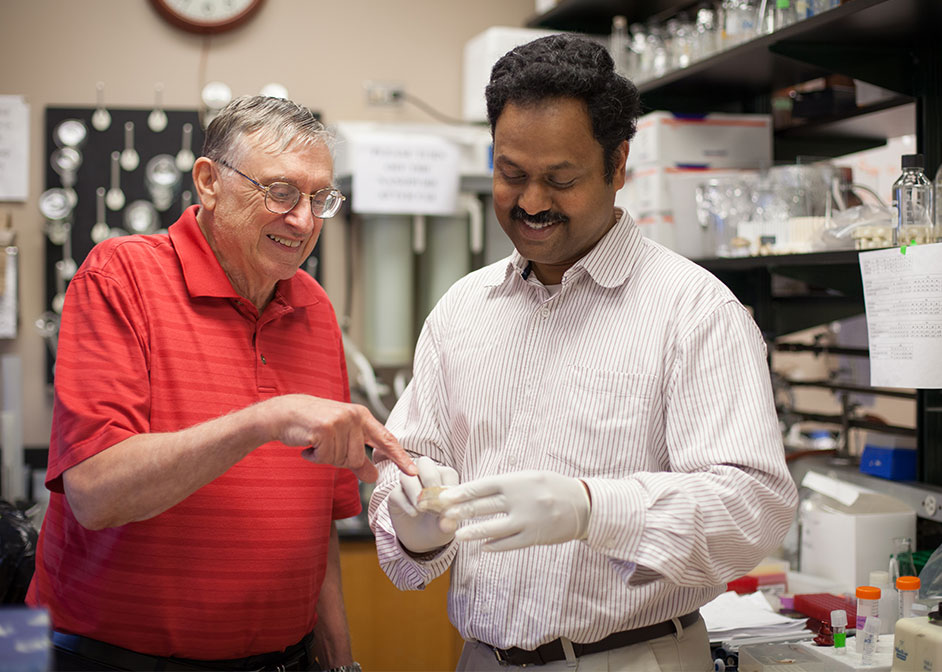Bacteria Grown in Simulated Microgravity Acquired Long-Term Resistance
According to a recent study from University of Houston biologists, exposure to even very low background trace levels of antibiotics under microgravity appears to enhance the likelihood of bacteria acquiring antibiotic resistance.

In this study, published in the journal mBio, bacteria grown in simulated microgravity conditions, while being subjected to trace amounts of the antibiotic chloramphenicol, developed long-lasting resistance to a variety of antibiotics.
Long-Term Effects of Microgravity on Bacteria
“We wanted to look at the long-term effects of microgravity on bacteria,” said George Fox, Moores Professor of Biology and Biochemistry, principal investigator, and last author for the paper.
For this study, Escherichia coli were grown for 1,000 generations in a constantly rotating device, called a High Aspect Ratio Vessel, or HARV for short.
“In these experiments, bacteria are kept in a constant state of free fall, which mimics the microgravity conditions found in space,” said Madhan Tirumalai, a postdoctoral researcher and first author of the paper.
This study is a departure from previous studies, in that bacteria were grown for much longer periods of time. To conduct a longer-term study, researchers in the Fox lab had to figure out ways to avoid contamination.
E. coli Exposed to Trace Amounts of Antibiotic Chloramphenicol
Traditional sterilization methods, such as heating under high pressure or steam, or washing with ethanol, didn’t work for the HARVs they possessed. Instead, they used the broad-spectrum antibiotic chloramphenicol to clean the equipment between cycles of growth. The chloramphenicol was subsequently removed such that, at most, only trace amounts remained.
Chloramphenicol is often used to treat eye infections. Due to its number of side effects, it is not generally used via mouth or injection, except in extreme cases, such as meningitis.
However, given that chloramphenicol kills a wide variety of bacteria, it can be used for sterilizing equipment.
Bacteria Acquired Resistance to Range of Antibiotics
As it turned out, even the trace levels of chloramphenicol left in the HARV were enough for bacteria to acquire resistance.
After growing these bacteria for 1,000 generations, tests showed that bacteria had acquired resistance to chloramphenicol. Then, they tested the bacteria against a number of additional antibiotics, finding that it had acquired resistance to cefalotin, cefuroxime, cefuroxime axetil, cefoxitin, and tetracycline. This resistance persisted for more than 100 generations after removing bacteria from antibiotic exposure.
The significant finding that exposure to trace levels of one antibiotic results in acquisition of resistance to that antibiotic as well as several others, is something that has also been observed under clinical conditions.
“We would urge caution in regards to antibiotic use in space,” Fox said.
Collaborators included scientists from NASA Ames Research Center and the NASA Lyndon B. Johnson Space Center.
- Rachel Fairbank, College of Natural Sciences and Mathematics